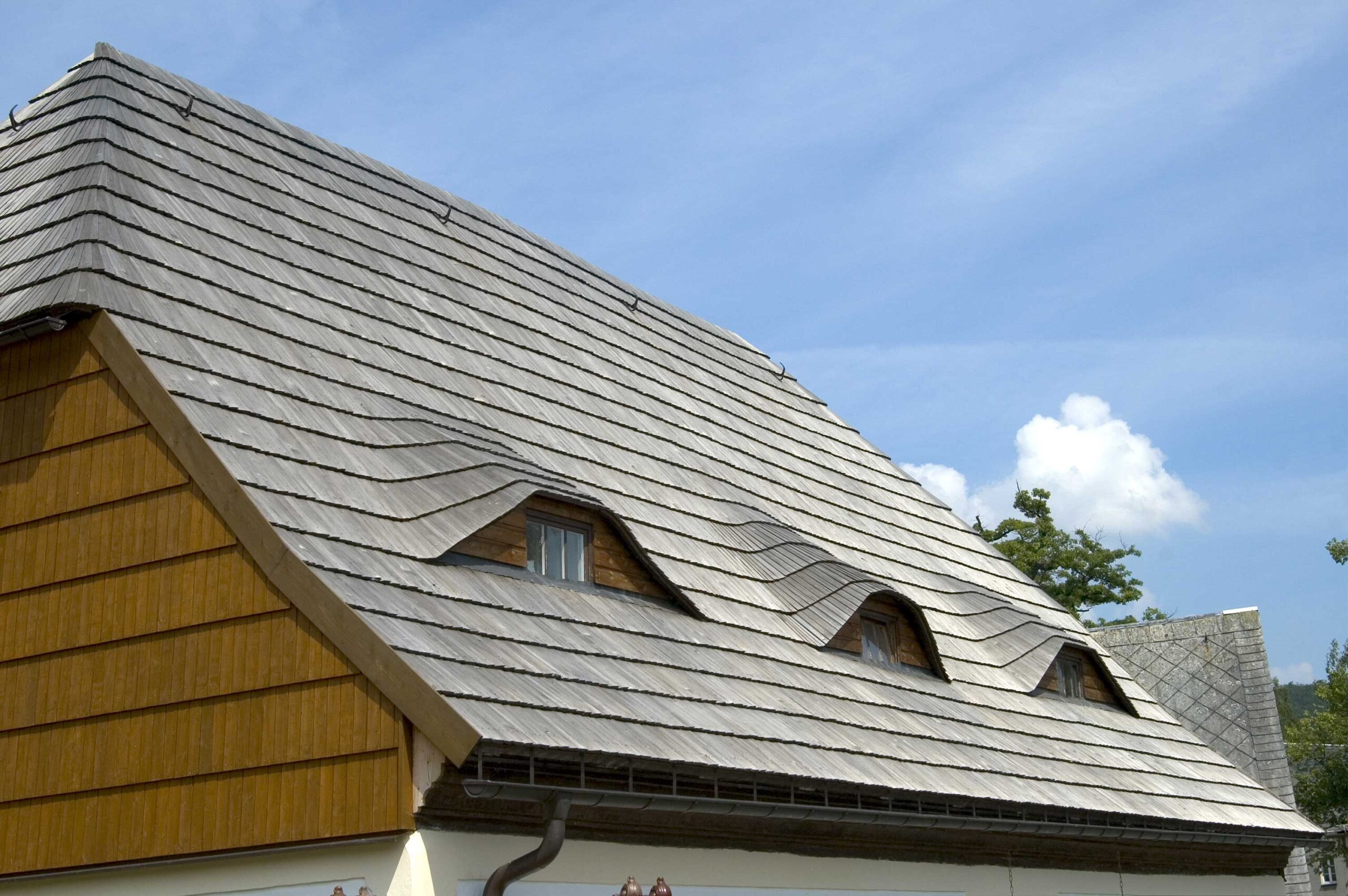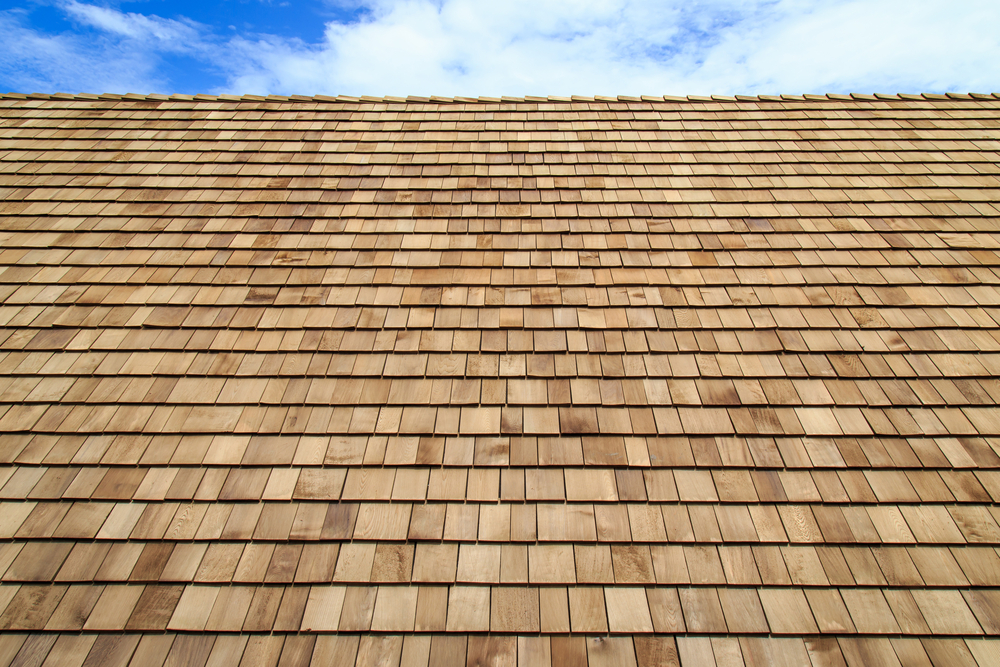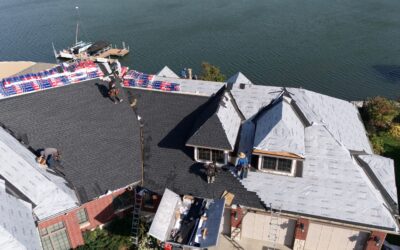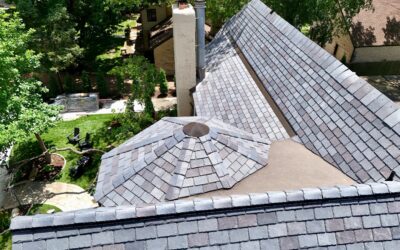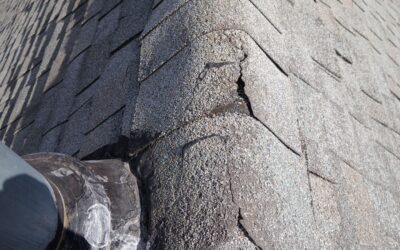Recently, we have heard a lot of our clients asking about cedar shingles—how are cedar shingles made, what makes them so durable, and whether they’re a good choice for their home. At Rhoden Roofing LLC, we love when homeowners take an interest in the materials used to protect their investment. The more you know about your roof, the better decisions you can make for its longevity and performance.
Cedar shingles are not just cut from logs and nailed to a house. There’s a precise cedar shingles manufacturing process that ensures they are strong, weather-resistant, and built to last. Understanding how they are made can help you decide if they are the right fit for your home.
We’re here to break it all down, from the cedar shingles manufacturing process to their key benefits, so you can make an informed decision for your next roofing project.
The Cedar Shingles Manufacturing Process: From Forest to Roof
Cedar shingles are carefully crafted to balance durability, aesthetics, and weather resistance. The process involves multiple steps, each ensuring that the final product is built to last.
Choosing the Right Cedar
The journey starts in the forests of the Pacific Northwest, where cedar trees—mainly Western Red Cedar and Alaskan Yellow Cedar—are selected for their natural strength and resistance to moisture and insects. These trees grow slowly and straight, creating wood that resists splitting and warping.
Sustainability is also a priority. Reputable mills follow responsible forestry practices to ensure continued growth and replanting efforts, keeping cedar a renewable resource.
Precision Cutting and Splitting
Once the logs arrive at the mill, they are processed into shingles or shakes.
- Shingles are machine-sawn for a smooth, uniform look, ideal for homeowners who prefer a clean and polished finish.
- Shakes are hand-split, which gives them a more rugged, natural texture that works well for rustic and traditional-style homes.
Both types are cut into thin, tapered sections designed to lay flat on the roof while allowing for proper drainage.
Drying for Stability
Fresh cedar contains moisture that must be carefully removed to prevent shrinkage and warping. This is done using one of two methods.
- Air-drying is a slower, more natural process that preserves the wood’s natural characteristics.
- Kiln-drying is a faster method that ensures lower moisture content, reducing movement and warping once the shingles are installed.
Proper drying is crucial to making sure cedar shingles remain stable and long-lasting.
Treating for Protection
While cedar contains natural oils that help it resist decay and insects, additional treatments can extend its lifespan even further.
- Fire-retardant treatments enhance safety and make cedar shingles more compliant with local fire codes.
- Preservatives increase resistance to rot and fungi, especially in humid or wet climates.
- Protective stains and oils help maintain the shingles’ original color and prevent damage from UV rays.
These treatments ensure that cedar shingles perform well even in extreme weather conditions.
The Benefits of Cedar Shingles
Now that you know how cedar shingles are made, let’s explore why they remain a top choice for homeowners.
Built to Last
A properly installed and maintained cedar shingle roof can last anywhere from 30 to 50 years. The natural oils in cedar provide protection against moisture, rot, and insects, making it one of the most durable roofing materials available.
Energy Efficiency
Cedar is a natural insulator, keeping your home cooler in the summer and warmer in the winter. This can help lower energy bills and make your home more comfortable year-round.
Timeless Aesthetic
Cedar shingles bring a warm, natural look that works well with a variety of architectural styles. Over time, they develop a beautiful silver-gray patina that enhances their character.
Environmentally Friendly
Unlike synthetic roofing materials, cedar shingles are biodegradable and sustainably harvested. When sourced responsibly, they are one of the most eco-friendly roofing options available.
Increased Property Value
Cedar roofing is often associated with high-end craftsmanship, making it a desirable feature for potential homebuyers. If you’re planning to sell in the future, a well-maintained cedar roof can boost your property’s resale value.
Potential Challenges of Cedar Shingles and How to Overcome Them
Cedar shingles come with many advantages, but like any roofing material, they have a few challenges. Here’s what to consider.
Maintenance Requirements
Cedar roofs require occasional maintenance to prevent moss, mildew, and algae growth. To keep your shingles in top condition:
- Clean debris from your roof regularly.
- Apply protective treatments every few years.
- Schedule professional inspections to catch small issues before they turn into costly repairs.
Fire Safety
Untreated cedar is more flammable than other roofing materials. However, fire-resistant treatments significantly reduce the risk, making them safe for many residential areas.
Upfront Cost
Cedar shingles typically have a higher initial cost than asphalt shingles. However, when factoring in their longevity, energy efficiency, and added property value, they can be a worthwhile long-term investment.
Why Choose Rhoden Roofing LLC for Cedar Shingle Installation?
At Rhoden Roofing LLC, we know that a great roof is more than just a protective covering—it’s a major investment in your home’s longevity and value.
When you choose us for your cedar roofing project, you get:
- Expert craftsmanship to ensure a precise and long-lasting installation.
- High-quality materials sourced from trusted suppliers.
- A Lifetime Workmanship Warranty because we stand behind our work for the lifetime of your roof.
With our experience and commitment to excellence, you can feel confident that your cedar roof will be built to withstand the elements while enhancing your home’s curb appeal.
Ready for a Beautiful, Durable Cedar Roof? Contact Us Today
If you’re thinking about upgrading to a cedar shingle roof, we’re here to help. Call Rhoden Roofing LLC today to schedule your consultation. Our team will walk you through your options, provide expert recommendations, and ensure your new roof is built to last.
Your roof protects what matters most—trust it to the experts who stand behind their work for a lifetime.

